Regulatory Pressures and Compliance
Regulatory pressures are a significant driver in the Residue Testing Market, as governments and international bodies impose stringent regulations on food safety and environmental protection. Compliance with these regulations necessitates rigorous testing for pesticide residues, heavy metals, and other contaminants. For instance, the European Union has established maximum residue limits (MRLs) for various substances, compelling producers to ensure their products meet these standards. This regulatory landscape is expected to propel the demand for residue testing services, as companies seek to avoid penalties and maintain market access. The increasing complexity of regulations is likely to further stimulate growth in the Residue Testing Market, as businesses invest in testing to ensure compliance.
Technological Advancements in Testing Methods
The Residue Testing Market is experiencing a notable transformation due to advancements in testing technologies. Innovations such as high-performance liquid chromatography (HPLC) and mass spectrometry (MS) are enhancing the accuracy and efficiency of residue detection. These technologies allow for the simultaneous analysis of multiple residues, which is crucial for meeting stringent safety standards. The market for residue testing is projected to grow at a compound annual growth rate (CAGR) of approximately 7% over the next five years, driven by these technological improvements. As testing methods become more sophisticated, laboratories are increasingly adopting these advanced techniques, thereby expanding the overall capacity and capability of the Residue Testing Market.
Rising Consumer Awareness and Demand for Safety
Consumer awareness regarding food safety and quality is on the rise, significantly impacting the Residue Testing Market. As consumers become more informed about the potential health risks associated with pesticide residues and contaminants, they are demanding higher safety standards from food producers. This shift in consumer behavior is prompting manufacturers to invest in comprehensive testing protocols to ensure their products are free from harmful residues. Market Research Future indicates that approximately 60% of consumers are willing to pay a premium for products that are certified as residue-free. This growing demand for safe and high-quality food products is likely to drive the expansion of the Residue Testing Market, as companies strive to meet consumer expectations.
Expansion of Agricultural Practices and Global Trade
The expansion of agricultural practices and the increase in The Residue Testing Industry. As agricultural production intensifies to meet the demands of a growing population, the use of pesticides and fertilizers has also risen. This escalation necessitates rigorous testing to ensure that agricultural products comply with safety standards. Furthermore, the globalization of food supply chains means that products are often sourced from multiple countries, each with different regulations regarding residue limits. This complexity creates a heightened need for residue testing to ensure compliance across various markets. Consequently, the Residue Testing Market is poised for growth as agricultural producers and exporters invest in testing to maintain product integrity and safety.
Technological Integration and Automation in Laboratories
The integration of technology and automation in laboratories is reshaping the Residue Testing Market. Automated systems and software solutions are streamlining testing processes, reducing human error, and increasing throughput. This technological shift allows laboratories to handle larger volumes of samples more efficiently, which is essential given the rising demand for residue testing. Additionally, the implementation of data management systems enhances traceability and compliance with regulatory requirements. As laboratories adopt these advanced technologies, they are likely to improve their operational efficiency and service delivery, thereby contributing to the overall growth of the Residue Testing Market. The trend towards automation is expected to continue, further driving innovation and capacity within the sector.


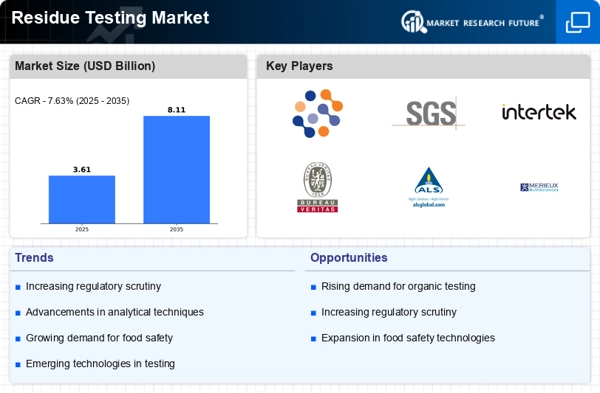
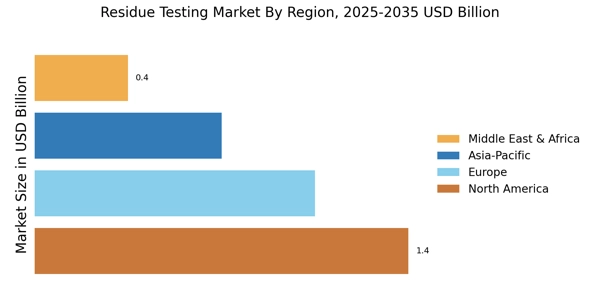
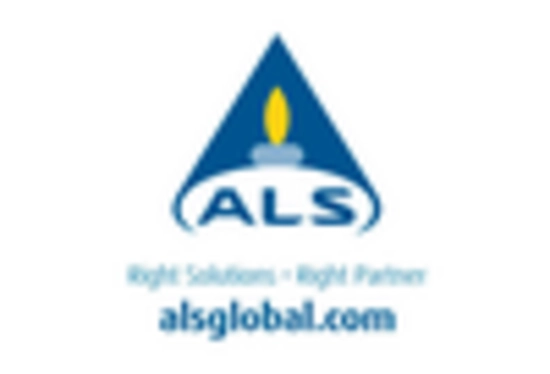

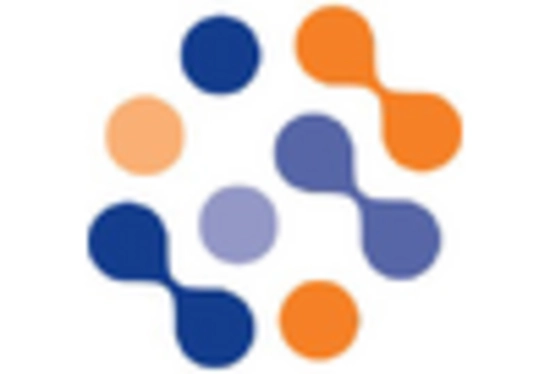
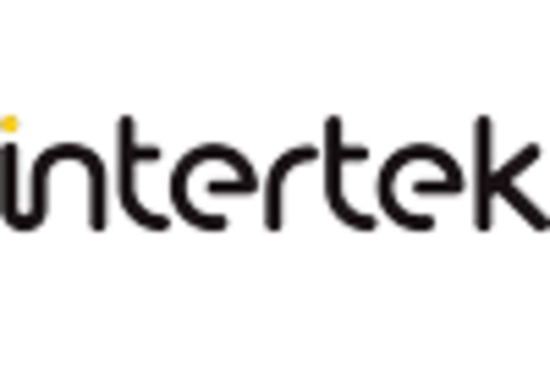

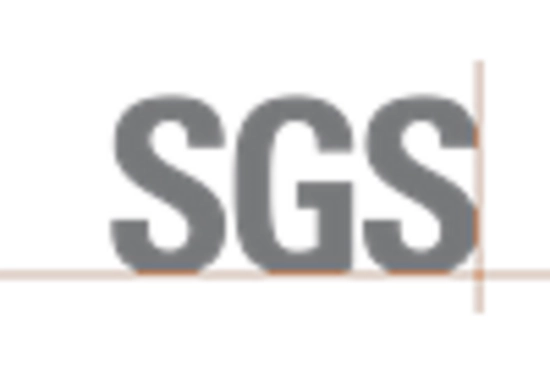








Leave a Comment